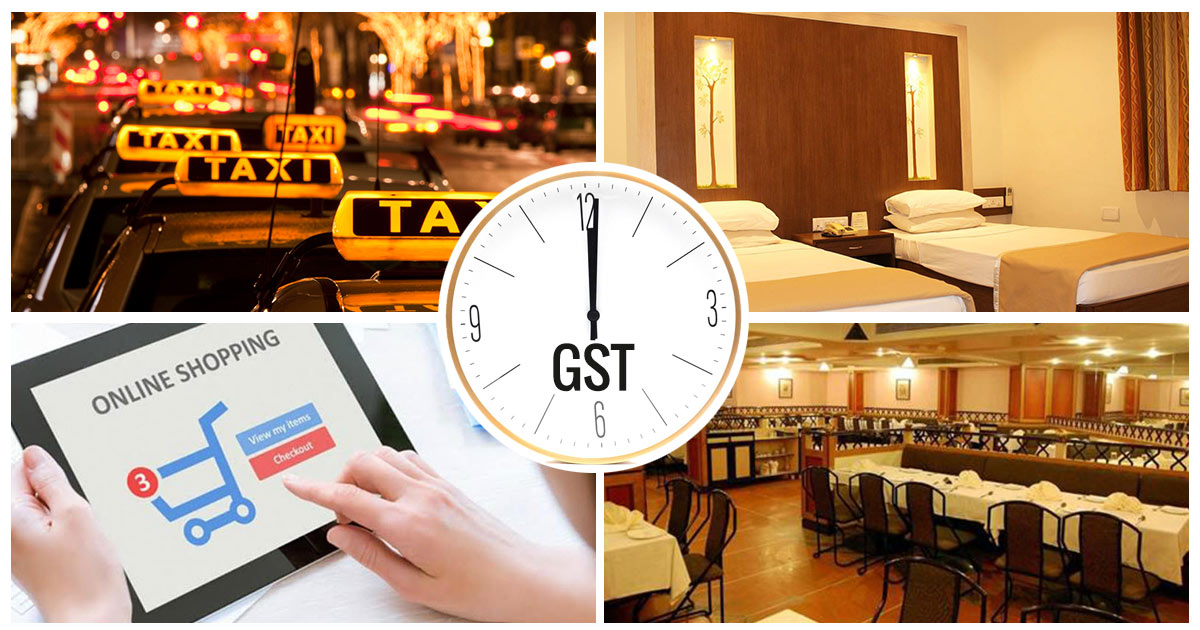The Goods and Services Tax (GST) has been introduced in India on 1 July 2017. Since then GST has come across several challenges. Continuous efforts to make the process easier are evident if we look back. The GST Council and the Tax department along with the Government, after several oppositions and challenges, were determined to bring the country under one umbrella of the single Taxation system. After 21 Months of its inception in India, it still is facing challenges and is under intense scrutiny.
We shall now discuss the Goals achieved till now, the challenges faced and the Future Direction of GST in India.
So the question is now that whether GST has been successful in India and whether Government has achieved the target it was willing to achieve?
If we ignore for once, the several challenges which came up with the implementation of GST, GST was wholeheartedly accepted by the country. It is a success in replacing 17 central and state taxes, which ultimately led to the removal of check posts at State borders. It abolished the business cost by removing the ‘Tax on Tax’ system.
Read Also: Does GST System Need to Be More Technically Strict Against Tax Evasions?
The ultimate goal of GST was to control the Tax evasion and is a success to a great extent and there is an increment in the number of taxpayers to 3.4 million as per the Economic survey.
GST has quickened the Economic Growth and thus it is creating a Strong Revenue base for the Indian Treasury. On the contrary, A large part of Economy i.e. Fuels, electricity, land and real estate (excluding construction contracts) are not contributing to tax revenue.
Criticism Faced by the Tax Regime
The National Democratic Alliance has from the initial days of GST implementation has proposed for the single taxation system and has advised to keeping a cap of 18% for a majority of goods and services. Thus, GST has been facing opposition due to its multiple Tax slabs and the highest is 28%. It also came from NDA that due to GST, the Tax rates have dropped down on 97.5% of the total commodities to 18% or less as compared to 31% which was in the pre-GST era. The opposition party also alleged the Government for the hurried launch of the GST taxation system i.e. without preparation, which to some extent is true. As per Congress, the Traders across the country has to go through several challenges due to the launch without adequate preparation.
The Multiple GST Rates Adopted in India
Multiple GST rate was adopted in India keeping economic inequalities in concern. But recently Finance Minister Arun Jaitley has advocated for the single taxation system and determining a standard rate between 12% and 18%.
The Benefit to the Customers
The transparent computation of GST rates has made it easier for the consumers to compute the indirect taxes levied on the daily use items and also have prompted the GST council to cut tax rates. As per the GST council, the rate cuts announced so far has reached Rs 80,000 crore a year. Still, the concern is regarding the Businesses which are not passing the benefits of the rate cuts to the end consumers.
Current and Future GST Plannings
The GST council has a proposal and planning to get the 12% and 18% slabs to converge and which would result in making GST a two-slab taxation system. Exceptions would be the items which would be kept at 28% which are the goods of exempt category and few luxury and other goods. The Government also has plans to include the crude oil, petrol, diesel, natural gas, and aviation turbine fuel in GST, once the revenue receipts get improved. This would help businesses involved in oil and gas exploration, refineries and industries such as airlines to getting their tax burden reduced.
